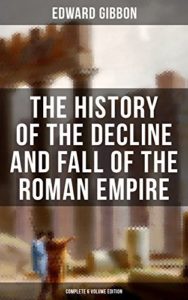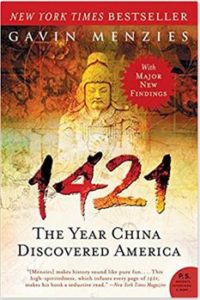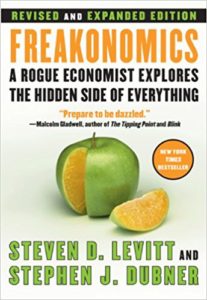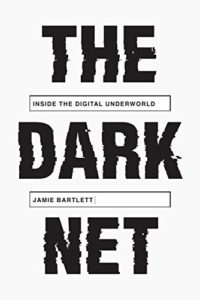Hello! Welcome to the Save the Cat! Writes a Novel Blog Tour! I was lucky enough to be chosen to review this amazing book. If you’ve ever wanted to write a novel, or have written a novel and want to make it better, this book may help you out.
The first time I heard of Save the Cat! was at an Ask Me Anything with Marie Lu. She suggested it for people who want to learn to write. Pffft! I’ve already written five novels! I’m actually not sure how many books I had written at the time, but I had written several. I believe when I finish writing Saving Adelinetta, it will be my tenth novel.
But! For me, the more I write, the closer I become to having a book I want to send out to agents, the more I want to learn. What makes a successful story? Even if I have this story now, how can I write another one? How do I write a story that people will want to read? This is one of the beautiful things about Save the Cat! It’s a book that brand-new storytellers can use to put together their first novel, as well as a book that intermediate storytellers can use to make sure their books are ones that people will want to read.
What’s in the Book?
Save the Cat! Writes a Novel can be broken up into three different sections:
- An introduction to the Save the Cat beats.
- How these beats are used in different kinds of stories.
- Pitching and troubleshooting your novel.
If you read any part of this book, you’ll definitely want to use the first section for reference. You might think Jessica Brody made these up, but they’re actually pretty much universal to most successful stories. I wrote The Brightness of Shadow without knowing about these beats. You know what? I pretty much hit all the beats without even knowing what they were. However, Save the Cat has further information and examples about things to include in the beats. As I’m revising my book, I’m using this book to help me. Additionally, I have some unfinished books I’m working on. These beats have and will help me finish these books.
This book spends a majority of its time giving examples of different types of stories that can be written using these beats. By types of stories, I don’t mean genre (romance, mystery) or category (young adult, middle grade). An example of a story type is an underdog story or a road trip. Perhaps there are other story types than the ten mentioned here, and books can fit into more than one story type, but if you read through the examples in this book, you should be able to get a good idea of how story beats fit into the kind of story you want to tell.
The final section of the book deals with how to pitch your book and deal with any problems you may have. If you’re going to query your book, you need to write a query letter. And probably a synopsis. There’s a chapter for that. The final chapter deals with other problems writers might have.
Conclusion
Do you want to write a novel? Have you written a novel? Save the Cat! Writes a Novel can help you with that. It’s a book I plan to use in the future (and have used it to put together something of an outline of a fanfic I plan to write at some point, The Rift). This book can help most people plan out their next book. Even if you’re a pantser, Save the Cat! can give you an idea of where your characters should go next. I highly recommend it.
In addition to Save the Cat! Writes a Novel, Jessica Brody has written several other books. I reviewed Sky Without Stars on this blog before. I really have to review its sequel, Between Burning Worlds, because it’s amazing.
Want to learn more about Save the Cat! Writes a Novel? Follow the blog tour! Also, you can learn more about how to save the cat (including the new software, which I haven’t tried) over at savethecat.com.
About the Author:
Jessica Brody worked for MGM Studios as manager of acquisitions and business development before becoming an internationally best-selling author of more than fifteen novels for adults and teens including The Geography of Lost Things, The Chaos of Standing Still, A Week of Mondays, and Better You Than Me. She travels the country teaching Save the Cat! workshops to novelists.
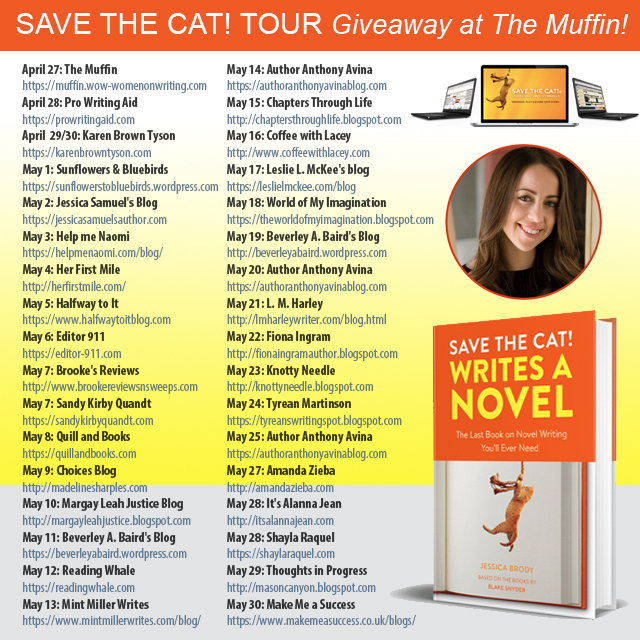

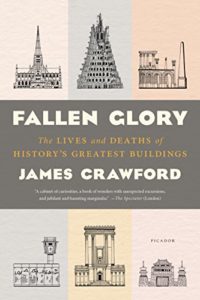

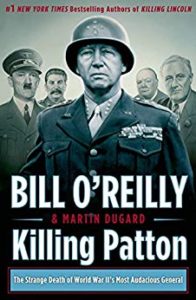
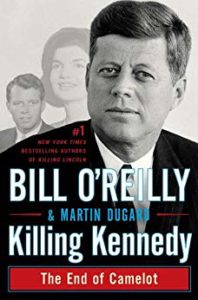
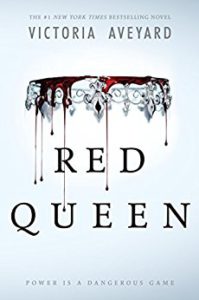
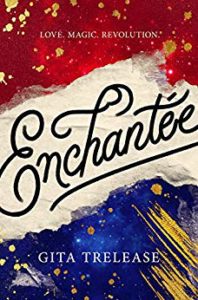
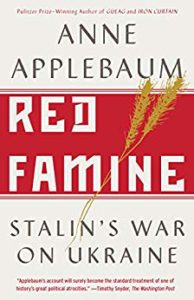
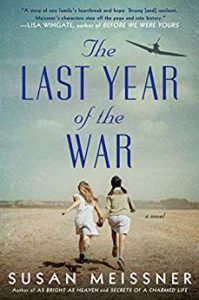
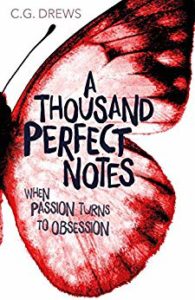
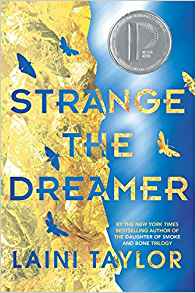
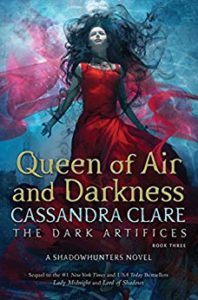
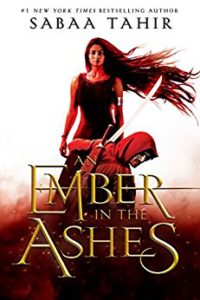
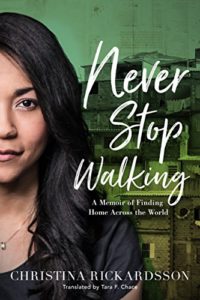

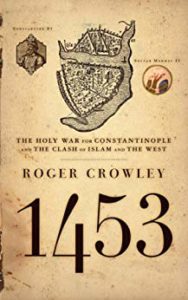
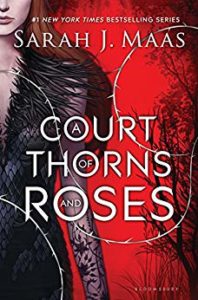
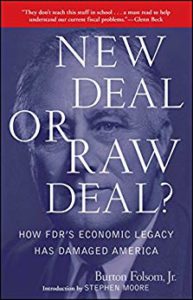
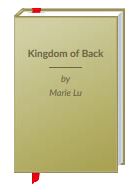

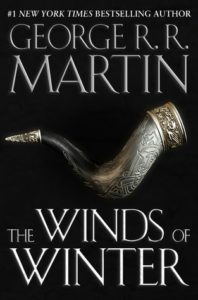
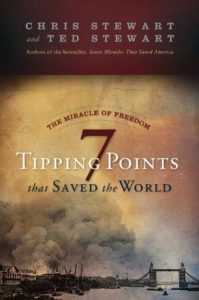
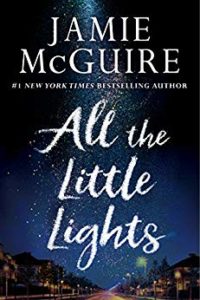
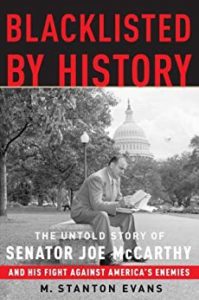

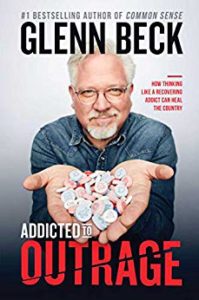
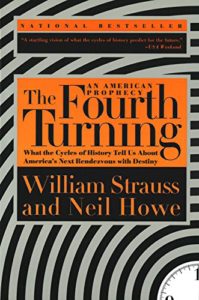
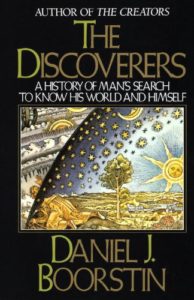
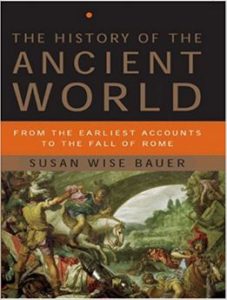
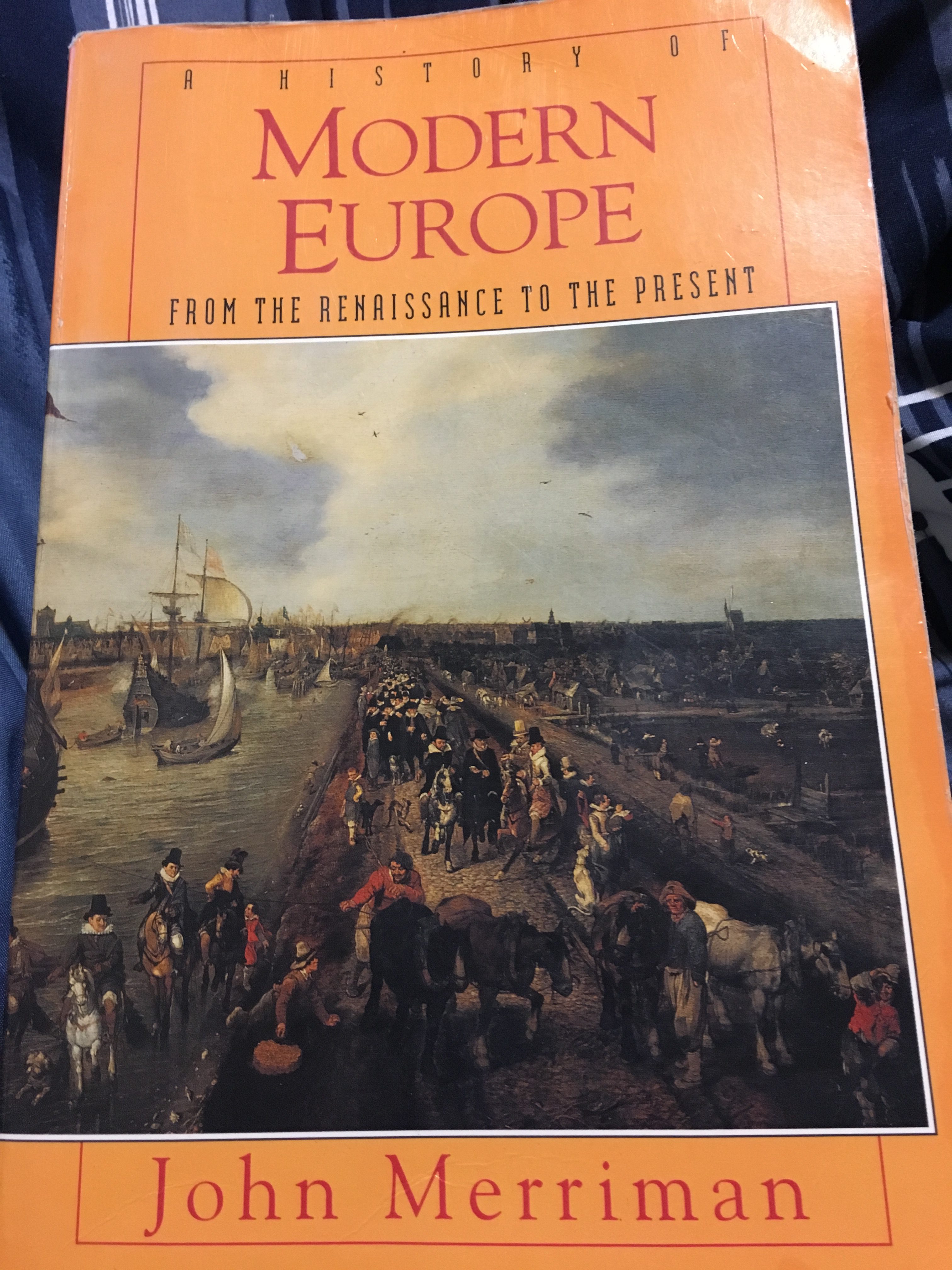
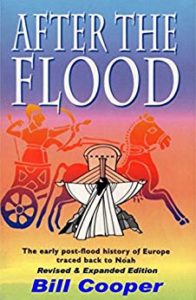
 I read
I read 